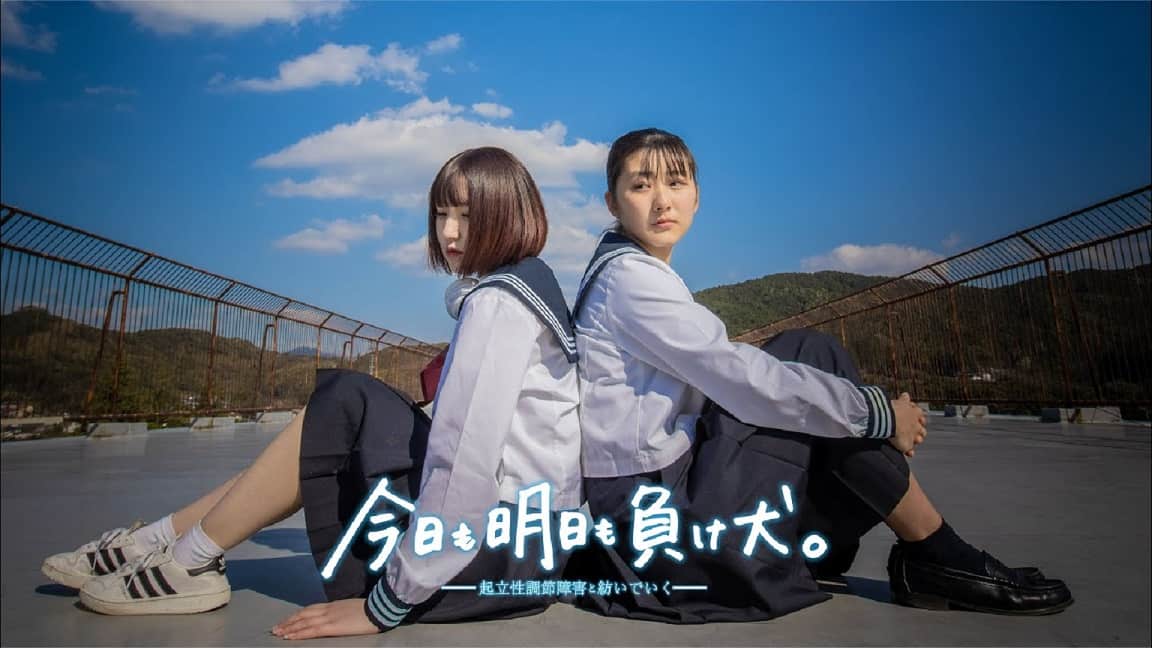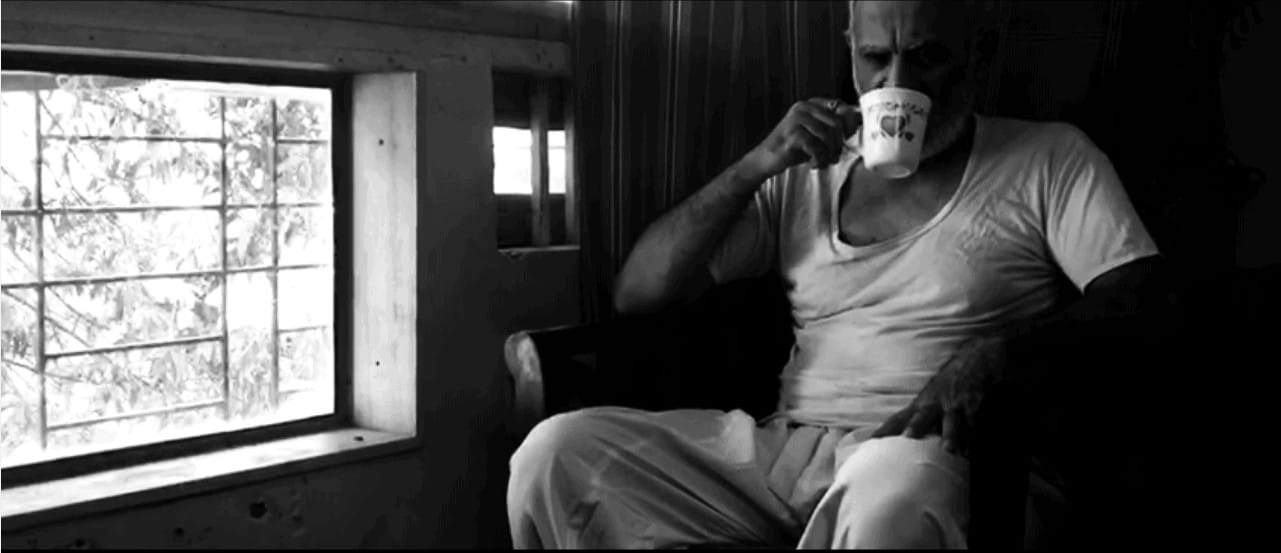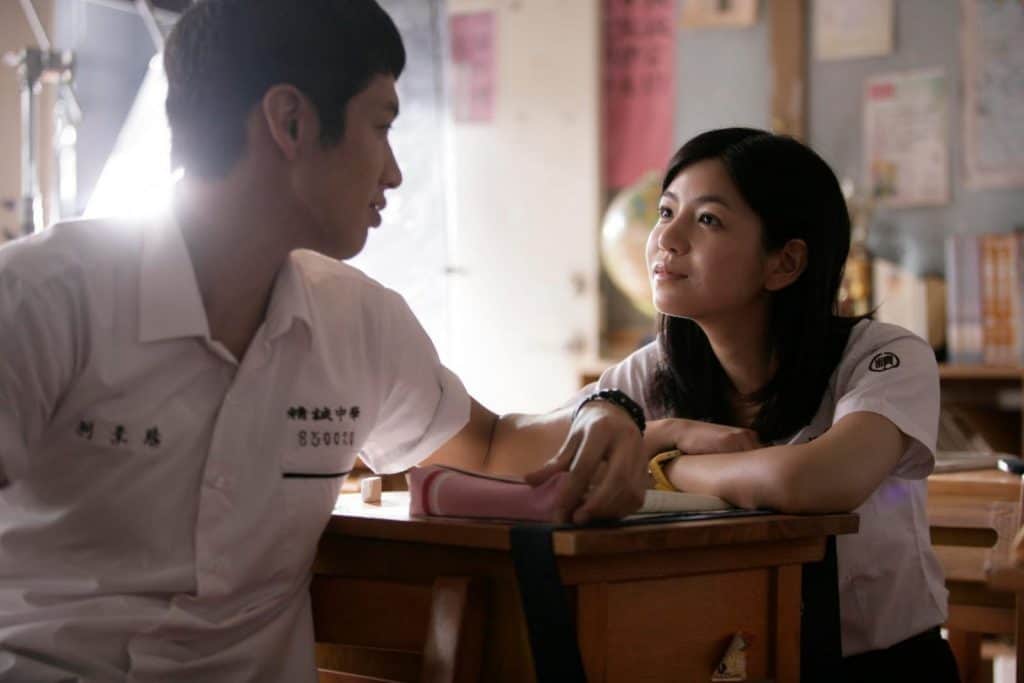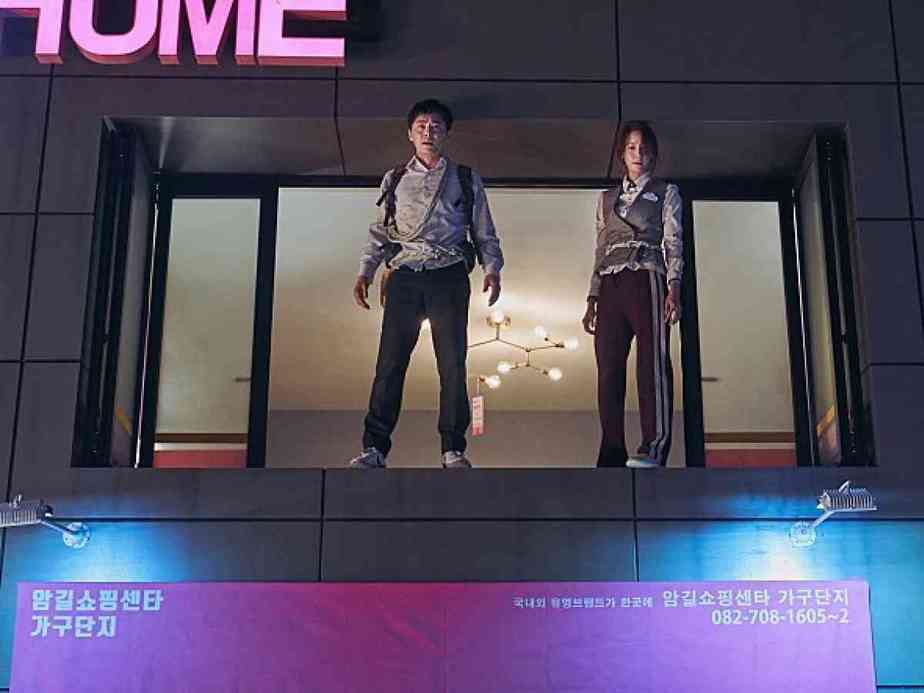Kenji Mizoguchi, along with Yasujiro Ozu and Akira Kurosawa, is considered one of the three masters of Japanese cinema. Furthermore, and as his life story is equally interesting as his cinematic one, which can also be perceived as the history of Japanese cinema itself, a book by an insider, Japanese critic Tadao Sato, held much interest from the get go. “The art of Japanese Cinema” never, actually, disappoints.
Buy This Title
To begin with, the book, although it retains a somewhat linear path regarding Mizoguchi's life, nevertheless, it mixes the timeline with a number of back-and-forths, occasionally seeming like a collection of different essays put together, although the individual chapters are pretty clearly “entrenched” if occasionally somewhat repetitive.
In that regard, the book begins with his life from birth in 1898 into a wealthy family, his father's failure with his business ventures, the death of his mother and his older sister being forced to enter a geisha house to support the family. Her becoming a concubine of a rich count and moving to a house in his estate along Mizoguchi also played a key role in the filmmaker's life, since it allowed him to receive an education, although he never attended the university. This last aspect played a key role in his career, since the differences of the highly educated and the lesser educated were quite visible in the Japanese movie industry.
This brings us to one of the most interesting chapters of the book, the then situation of the sector, and particularly the connections with the Yakuza, which was a given at the time, as much as the transition from the silent movies to the talkies. The impact this change had on everyone involved in the industry is also highlighted, while it is quite interesting to find out that a number of those considered among the greatest Japanese directors of all time (Mizoguchi, Inagaki, Kinugasa) started as actors before they became filmmakers. His relationship with his wife, and how it shaped him as a person, particularly since she eventually succumbed to madness, even spending her final years in an asylum is also presented, although this aspect repeatedly appears through the various chapters of the book.
The combination of all the aforementioned shed much light to the filmmaker as a man, with Sato pulling no punches in presenting his faults along his merits. Thus, his complex about not being educated, which led him to become a know-it-all, his perfectionist, workaholic, extremely demanding to the point of tyrannical but also inspiring persona all come to the fore, both through various episodes and analyses.
Somewhere around here is where Sato begins to deal with the themes and the cinematic style of Mizoguchi. The place of woman during the Meiji era but also later became one of his main themes, since the beginning of his career as a director, with the chapter referring to this also presenting the history of the Japanese melodrama. His shinpa roots, which he never actually abandoned completely, maybe with the exception of the time the government forced him to shoot propagandist films, and the base of his cinematic expression, which considered the actor as the main nucleus and not montage, are presented in the most elaborate fashion.
As Sato continues to analyze Mizoguchi and his work, he also deals with the concept of the matinee idol and how it affected him, the realistic historical films of the '50s, while the author also deals with the criticism Mizoguchi's work received, in essence criticizing the critiques.

As the analyses of his individual films become more thorough, (a part that is filled with spoilers) an additional number of themes and techniques of the Japanese master come to the fore. The long-shot and the “one-scene-one-cut” are presented quite thoroughly, as much as the repeated theme of the sacrifice of a worthy woman for a foolish man. The changing of the original works Mizoguchi based his film upon in order to fit his aesthetics, opinion, and occasionally even the cast, and the connection of Buddhism and Shinto in Japanese religion that is the main theme of “Life of Oharu” are among the most interesting in the book. The actual-sizeism (genshunshugi), his extensive use of the crane, and his overall unreasonable demands, particularly from actors, to which he frequently became even violent with, are also presented here.
The last chapters deal with his less accomplished works, his cinematic style in details, while the book, peculiarly but on par on what we mentioned in the second paragraph, closes with a chapter on Yoda Yoshimura, his frequent script-writer.
These back-and-forths in the history of Mizoguchi are somewhat annoying at times, with the same applying to some passages that are either badly translated or not so well written. The same could be said about some moments here and there when Sato becomes very personal, talking about himself, which also seems somewhat off context. These however, are minor issues, and the book emerges as an excellent read about a man who was great but also had its faults, and all of his life experiences and character traits that resulted in him becoming a master. Furthermore, the book flows quite easily, even in the intense film analyses parts, with the mixing of passages actually helping in that regard. Lastly, the amount of information in just 180 pages is impressive, and emerges as one of the book's biggest traits.
“Kenji Mizoguchi and the art of Japanese Cinema” is a great book on the Japanese filmmaker, as it highlights excellently, both its subjects and the inside knowledge of Tadao Sato.
















